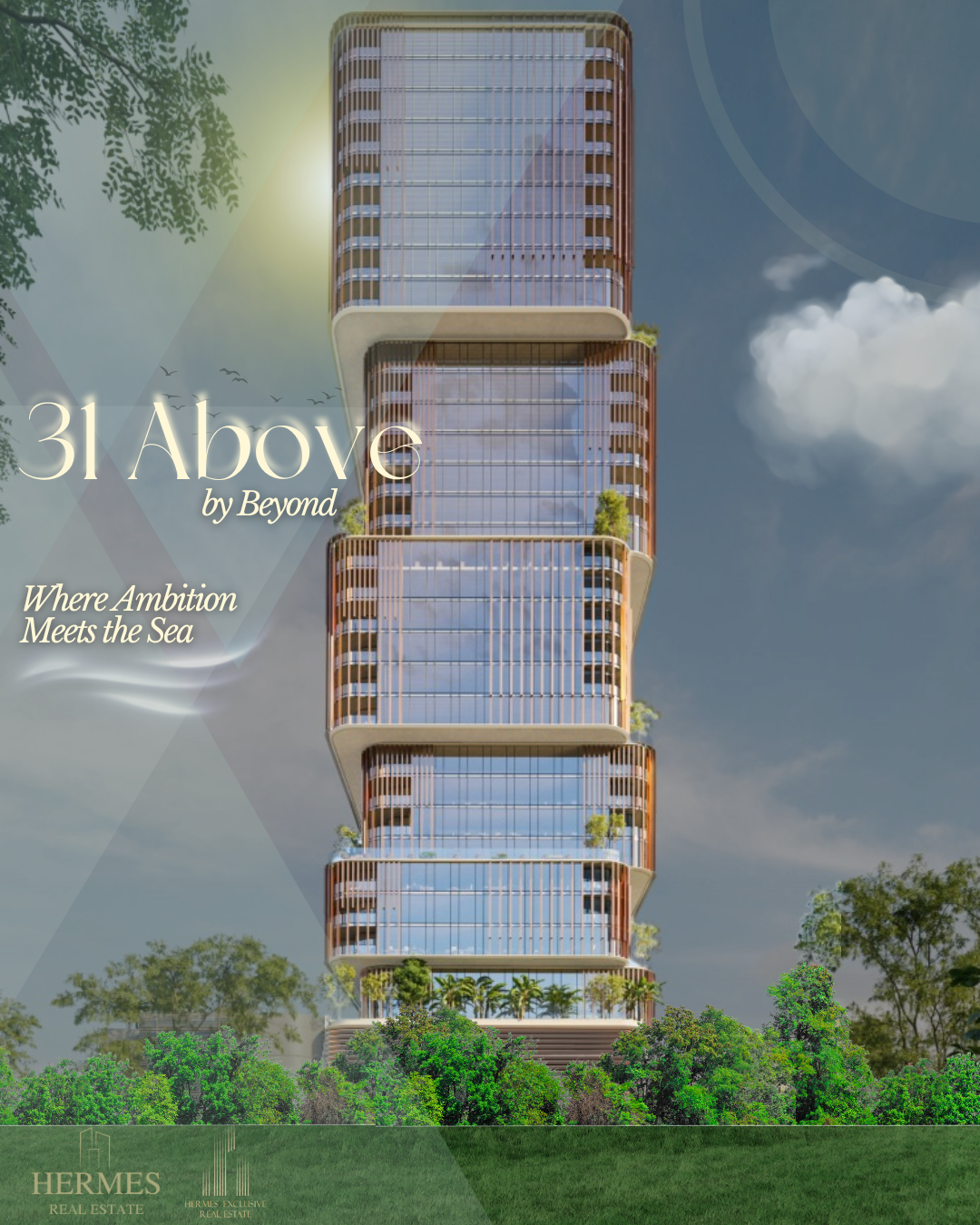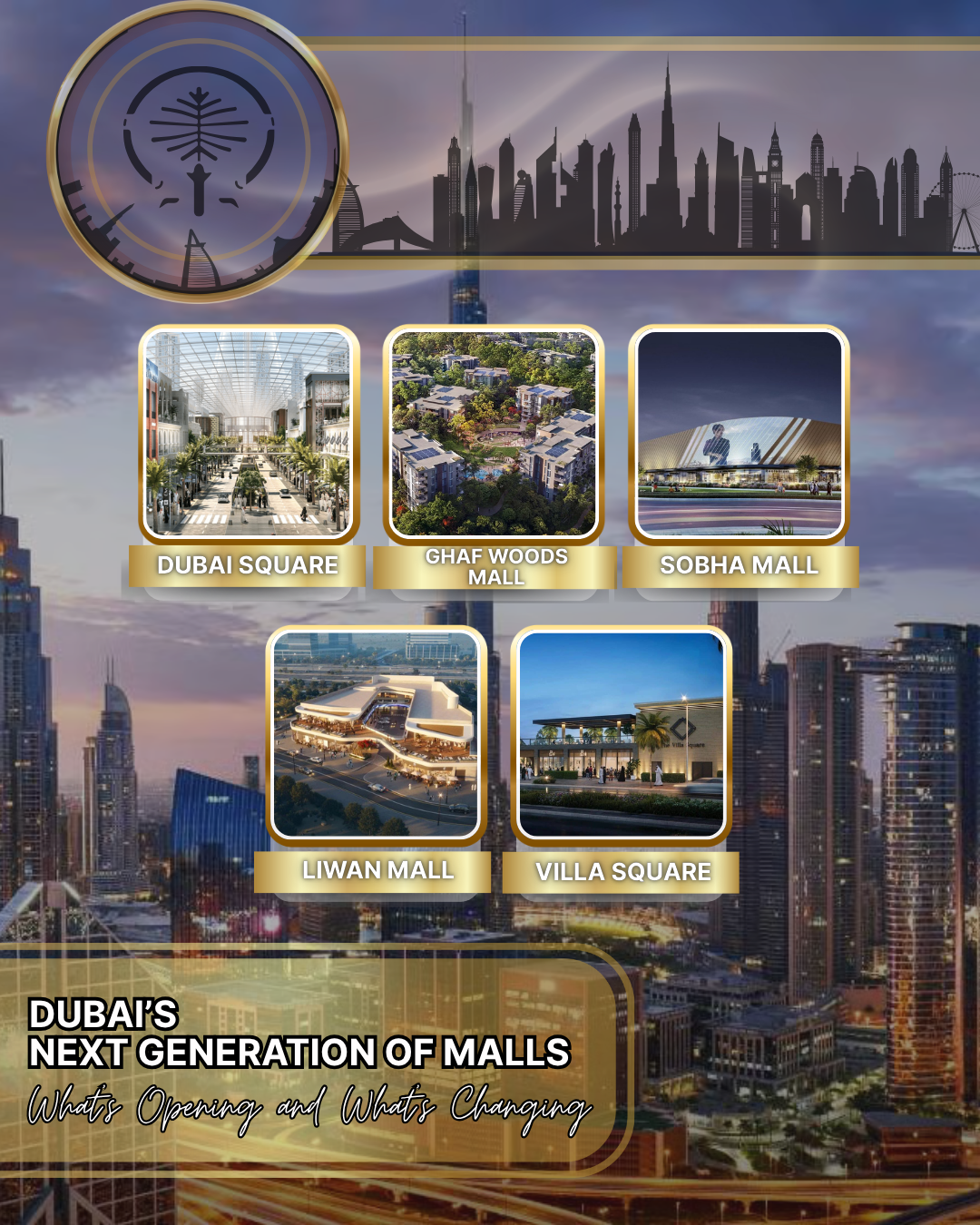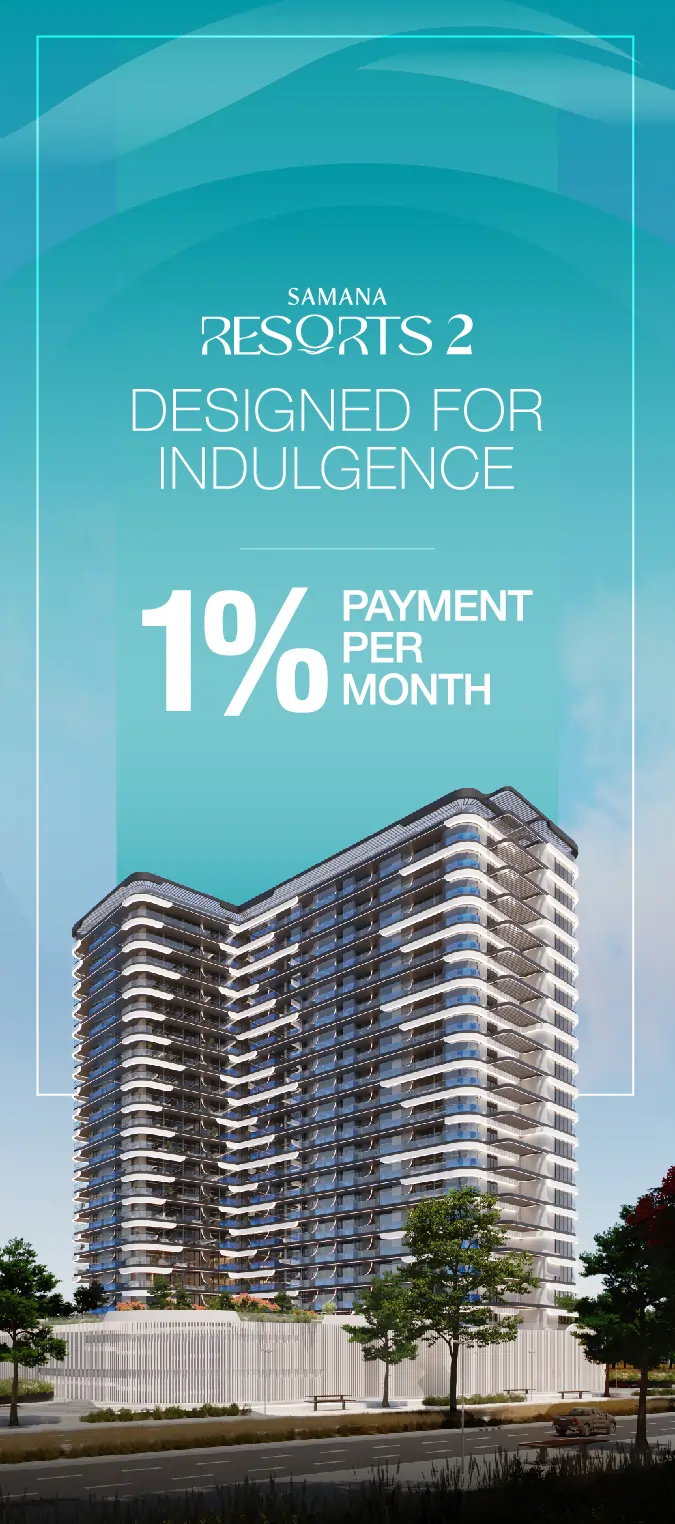Saudi Arabia’s recent landmark joint venture to bring Atlantis and One&Only resorts to its Jeddah Central waterfront is not just a game-changer for the Kingdom, it’s also a significant signal for real estate investors across the Gulf, including those focused on Dubai. As the Public Investment Fund (PIF), Midad Real Estate, and Kerzner International commit around SAR 7.6 billion (~US$2.03 billion) to this mega-project, the move underscores the rising importance of high-end hospitality, tourism infrastructure, and branded residential developments in the region.
For Dubai-based property investors and owners, this development carries strategic implications: competition, diversification, and opportunities. In this article, we explore how this Saudi investment ties into broader Gulf tourism-real estate trends and what it could mean for Dubai’s property market.
Why the Jeddah Central Investment Matters
The Scale and Scope of the Project
- The joint venture involves Midad Real Estate, Jeddah Central Development Company (JCDC) backed by the PIF and Kerzner International, the company behind Atlantis and One&Only brands.
- The total investment is estimated at SAR 7.6 billion (~US$2.03 billion).
- Atlantis Jeddah will feature branded residences, a waterpark (first Aquaventure in the region), the Lost Chambers Aquarium, more than 20 dining venues, luxury retail, and a waterfront entertainment pier.
- One&Only Jeddah will include rooms, suites, private villas, and a “Private Homes” community, its first in Saudi Arabia along with seven specialty restaurants, a wellness centre, private beach access, and event spaces.
- The design concept draws on Jeddah’s Corniche heritage, using coral-inspired landscaping and sustainable, low-impact construction.
- The project supports Vision 2030, aligning with Saudi Arabia’s push to diversify its economy through tourism and cultural development.
Strategic Implications for Saudi Tourism
- By signing such deals, JCDC is positioning Jeddah Central as a world-class tourism and entertainment hub.
- The development is part of a broader wave of hospitality investments. For instance, JCDC has also signed deals with Mandarin Oriental, Hilton, and other luxury brands.
- These investments reflect growing investor confidence in the Saudi leisure and real estate market, especially backed by the PIF.
What This Means for Dubai’s Property Market
Heightened Regional Competition
- The launch of branded ultra-luxury resorts in Saudi Arabia could draw some high-net-worth tourism and investment flow away from Dubai especially for those seeking new luxury destinations in the Gulf.
- But Dubai remains highly competitive, with established infrastructure and global branding. Its hospitality and real estate sectors will need to keep innovating to retain its edge.
Diversification Opportunities for Investors
- For Dubai investors, the Jeddah Central project shows that large-scale, high-value hospitality-residential models continue to be a strategic play in the region.
- Some investors may consider diversifying their portfolios across GCC markets — putting capital not just in Dubai but also in emerging luxury hubs like Jeddah.
- Branded residences, mixed-use developments, and hospitality-linked real estate (hotels + homes) are likely to remain attractive for long-term capital growth.
Impact on Dubai’s Tourism-Driven Real Estate
- Dubai’s real estate is strongly tied to its tourism industry with short-term rentals, branded residences, and high-end hotels benefit from strong visitor demand.
- As Saudi Arabia boosts its tourism infrastructure, Gulf-wide travel demand could grow, potentially benefiting Dubai too, as the region becomes more integrated and attractive for both tourism and investment.
- More GCC tourism capacity may attract more international travelers who could also choose to invest in GCC real estate, not just visit.
Regulatory & Market Context: Dubai vs Saudi Arabia
Regulatory Environment in Dubai
- Dubai offers favorable real estate terms: no property tax, no capital gains tax, and clear visa programs for property investors (e.g., Golden Visa).
- The regulatory ecosystem is mature and transparent, making it relatively easier for international property investors to navigate.
Saudi’s Growing Real Estate Appeal
- The PIF-led initiatives in Saudi reflect a much larger sovereign-backed push to develop world-class tourism and real estate infrastructure.
- The involvement of global hospitality players like Kerzner shows that Saudi is increasingly open to international capital and branded real estate.
- However, for now, foreign residential ownership in Saudi is more constrained compared to Dubai, making hospitality and investor-joint ventures more common than purely residential purchases for international investors.
Real-World Scenarios & Lessons for Dubai Investors
Here are a few potential scenarios and take-homes for investors in Dubai, based on the Saudi announcement:
- Scenario 1: Co-Investment Strategy
A Dubai-based real estate investment fund may choose to co-invest in both Dubai projects and Saudi ventures, diversifying risk and exposure across GCC luxury tourism. - Scenario 2: Shifting Demand
High-net-worth individuals who previously bought second homes in Dubai could now consider branded residences in Jeddah Central if the project offers compelling value, thus slightly shifting demand away from some Dubai luxury segments. - Scenario 3: Competitive Pressure
Dubai developers might accelerate or scale up their pipeline of branded residences, mixed-use projects, and experiential offerings to compete with emerging luxury destinations in the region.
Risks & Considerations for Investors
- Sovereign Risk / Execution Risk: While PIF-backed, large-scale projects like Jeddah Central come with execution risk (timelines, cost overruns).
- Market Saturation: As more GCC cities develop luxury hospitality hubs, risk of oversupply could increase in the region.
- Regulatory Differences: Ownership rules, rental regulations, and exit strategies differ significantly between Dubai and Saudi Arabia investors must carefully navigate local laws.
- Currency & Financing Risk: Investors need to consider financing costs, currency exposure (SAR vs AED), and cross-border capital flow regulations.
Conclusion
Saudi Arabia’s decision to invest over US$2 billion to bring Atlantis and One&Only resorts to Jeddah Central marks a bold step in its Vision 2030 tourism strategy. For Dubai real estate stakeholders from developers to investors, this move is both a wake-up call and an opportunity.
On one hand, it raises the bar for luxury hospitality in the GCC, intensifying regional competition. On the other, it represents a blueprint for high-value, branded residential-hospitality projects a model that continues to resonate strongly in Dubai’s investor landscape.
Savvy investors can respond by diversifying their portfolios across GCC markets, aligning with luxury development trends, and staying alert to how tourism-driven property demand evolves across the region. Dubai’s strength remains formidable, but as competition intensifies, innovation and strategic positioning will be key to sustaining its real estate leadership.





